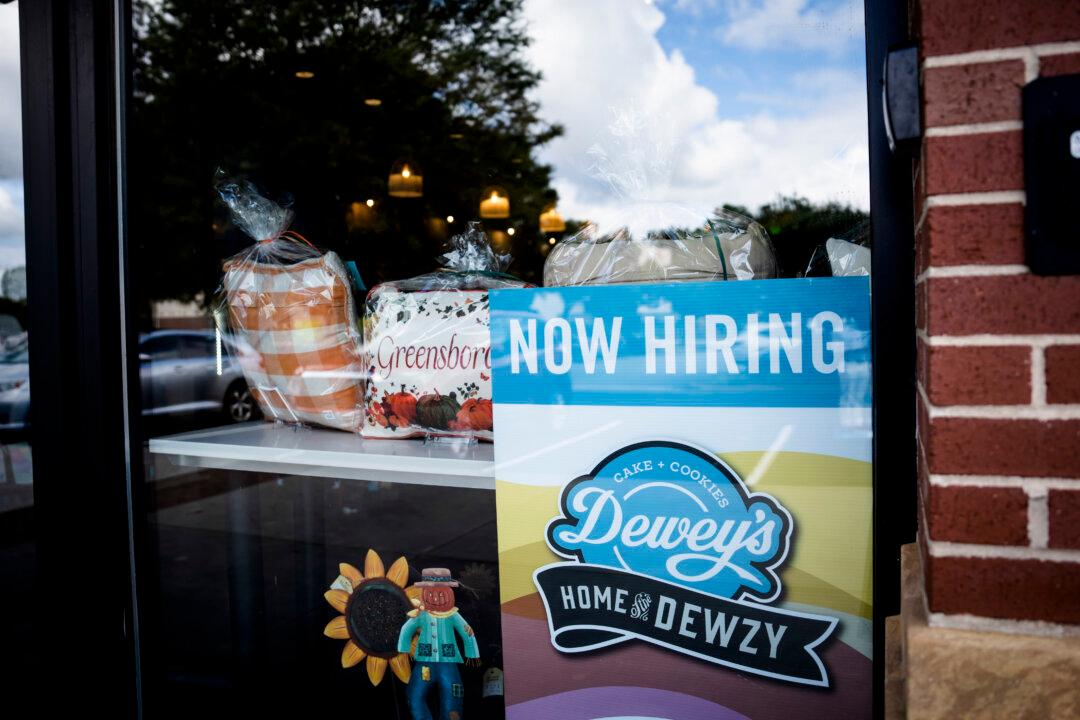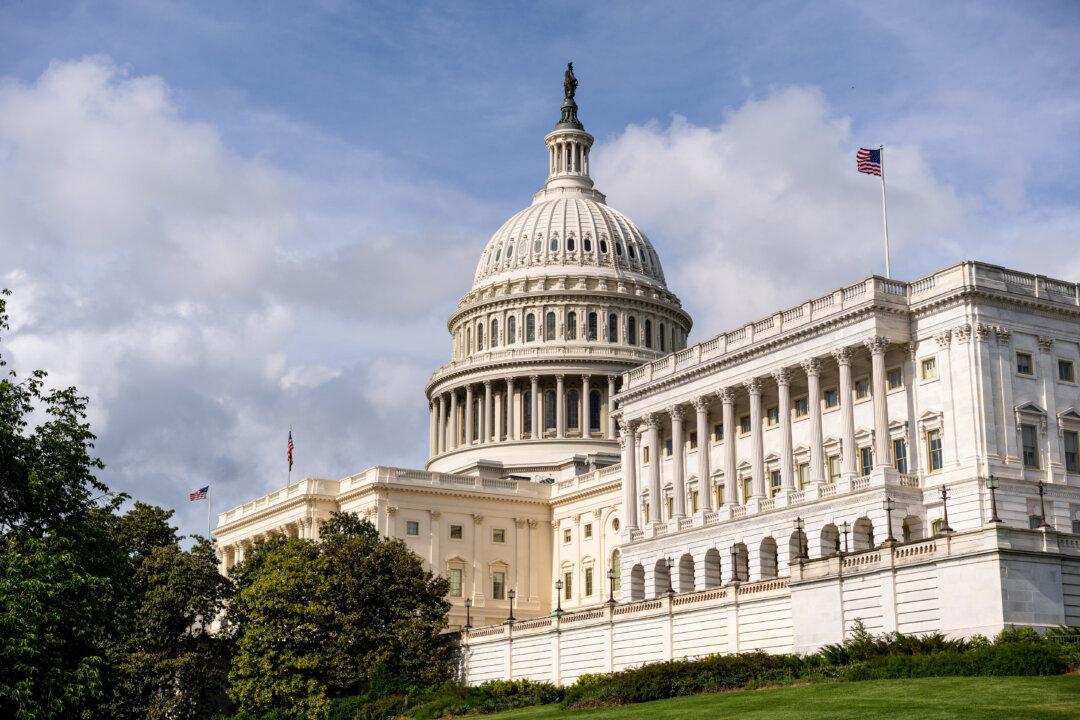U.S. stocks fell before the Memorial Day long weekend after President Donald Trump threatened to impose tariffs on the European Union and Apple.
The blue-chip Dow Jones Industrial Average fell by about 500 points, or 1.2 percent, before the May 23 opening bell. The broader S&P 500 dropped by 80 points, or 1.4 percent. The tech-heavy Nasdaq Composite Index fell by nearly 400 points, or about 1.8 percent.
Over the past month, the leading benchmark averages have rebounded from the tariff-fueled market rout. Since April 23, the Dow Jones has risen 4 percent, the Nasdaq has advanced more than 10 percent, and the S&P 500 has climbed 6.5 percent.
U.S. Treasury yields initially fell, with the benchmark 10-year yield sliding by 4 basis points to 4.46 percent, but then rebounded above 4.5 percent.
The U.S. dollar index, a measure of the greenback against a weighted basket of currencies, dropped by 0.6 percent and is poised for a weekly loss of around 1.8 percent.
Traders also sought shelter in the metals market. Gold prices soared by about $62, or 1.9 percent, to $3.357 per ounce. Silver picked up $0.15, or 0.4 percent, to $33.37 an ounce.
According to the president, trade negotiations between the United States and the trade bloc “are going nowhere.”
“The European Union, which was formed for the primary purpose of taking advantage of the United States on trade, has been very difficult to deal with,” Trump said.
Last year, the U.S. goods trade deficit with the European Union was $235.6 billion, up by close to 13 percent from 2023.
The latest tariff development sent European stock market indexes plummeting.
Germany’s DAX cratered more than 500 points, or 2.2 percent. London’s FTSE tumbled 1 percent, while France’s CAC 40 Index declined nearly 200 points, or about 2.4 percent.
The president’s comments have potentially reignited trade fears after White House officials had been speaking generally positively regarding ongoing trade discussions.
The Trump administration recently reached a yet-to-be-finalized trade agreement with the United Kingdom. U.S. officials also agreed to a 90-day tariff pause with China, lowering tariff rates from their triple-digit levels.
Bite of the Apple
Investors are also responding to the president’s social media post threatening to slap a tariff “of at least 25 percent” on Apple.
Shares of Apple slipped more than 3 percent in pre-market trading. This year, the stock is down by about 17 percent to slightly above $200.
Apple has been gradually shifting production of iPhones bound for the U.S. market to India from China.
Dan Ives, a tech analyst at Wedbush, says shifting iPhone production to the United States would raise prices.
When reporters at an Oval Office briefing last month asked about extending short-lived levy exemptions to Apple products, Trump said he is “a flexible person.”
“I don’t change my mind, but I’m flexible,” he said.
“There may be things coming up. I speak to Tim Cook. I helped Tim Cook recently. I don’t want to hurt anybody. But the end result is we’re going to get to the position of greatness for our country.”
Cook recently pledged to invest $500 billion in U.S. manufacturing over the next few years.
The Epoch Times has reached out to the European Commission for comment.







